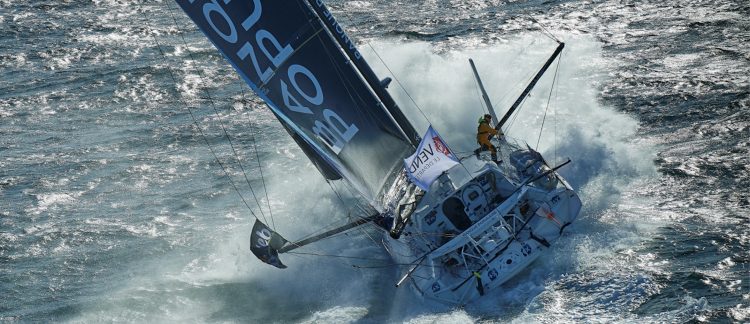Environment
Short Takes
Georgia’s new data center rule increases local controlDecember 1, 2025

By David Pendered
Nov. 8, 2020 – The strength of human spirit will be on display starting today, when six women and 27 men begin a round-the-world sailboat race. Each skipper will be alone in a 60-foot sailboat capable of speeds to 45 mph and, in the Southern Ocean, summiting waves 60 feet high.
This is a record year for women to compete in the Vendee Globe, historically a bastion of men. The race was started in 1989 and often is called the Everest of the Sea for the daring it presents and the allure of its simple rules:
In addition, skippers agree they won’t risk killing themselves by sailing into iceberg territory in the Southern Ocean. The temptation is to sail far south because the route shortens as it approaches the Antarctic Pole. The danger is collision with icebergs. Skippers agree to not violate an Antarctic Exclusion Zone that can be moved north if the ice moves north during the race.
More women are sailing this race than have competed in all of the eight previous Vendee Globe races. No woman has reached the podium. Fourth place is the highest ever, by a British engineer competing in this year’s event – Sam Davies.

The reasons for the historically low participation among women are familiar, according to accounts by several female skippers: Sponsors favor men, and women face different types of challenges from men in getting time away from work to train for the event, and to compete in the in prerequisite races.
Here’s how Pip Hare explains the significance of six female skippers in this edition of the Vendee. Hare is a proven blue-water finisher, a British adventurer on land and sea who’s self-financed much of her campaign after she couldn’t secure early sponsors:
The Vendee Globe 2020-21 begins and ends in Vendee, France. The Vendee region is located in west-central France, south of the Loire River and touching the Atlantic Ocean. The exact route each skipper sails depends on each evaluates weather systems in the ocean. The general outline from the start in Vendee is:
Each of the six women is a success in the worlds of their choosing that include – professional sailor, engineer, business entrepreneur, environmental advocate. This is a quick introduction to the six female skippers in the fleet of 33 sailboats that on Sunday are to depart from Vendee, France on the Vendee Globe 2021:
Alexia Barrier
Clarisse Cremer
Sam Davies
Pip Hare
Isabelle Joschke
Miranda Merron
0